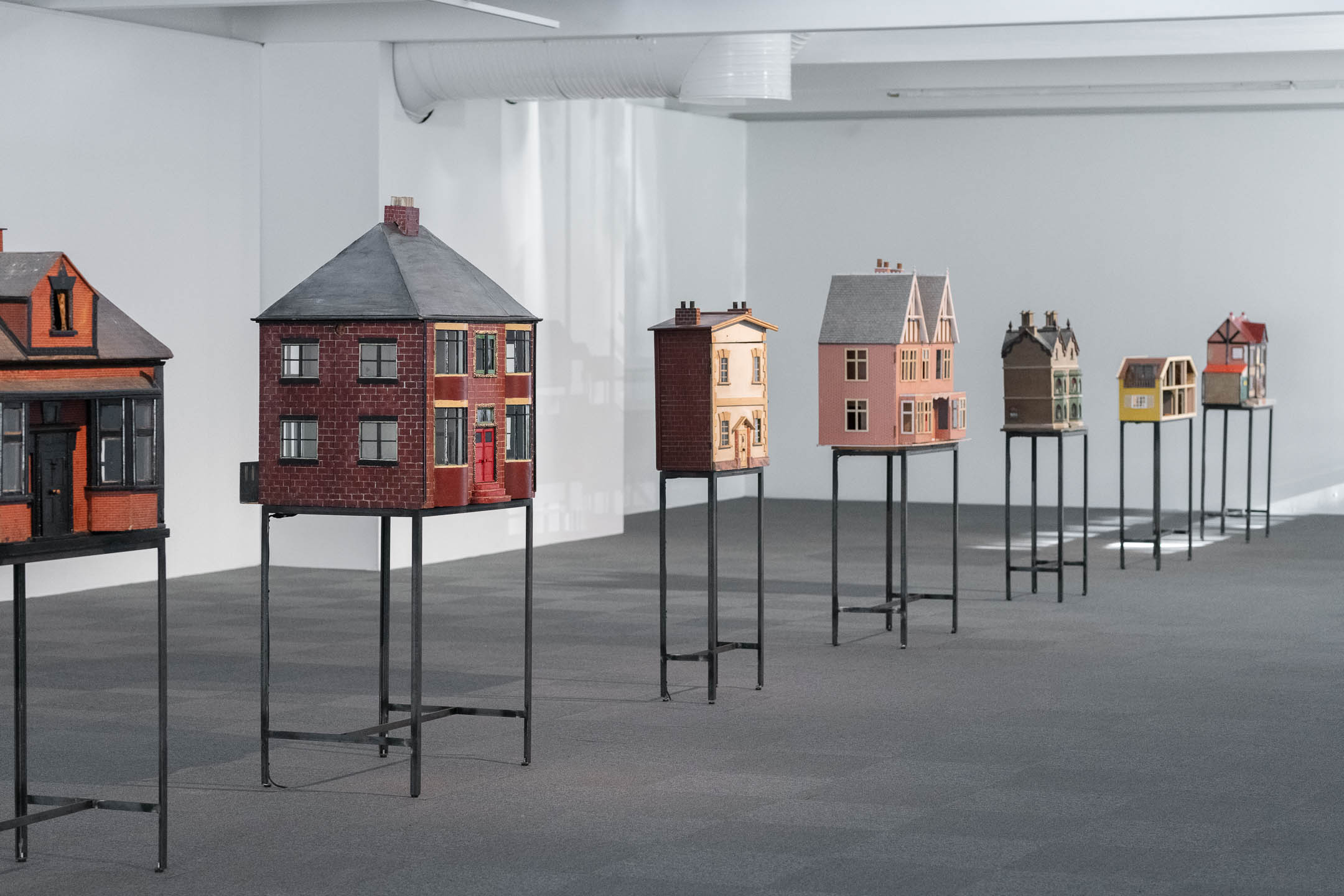The timeline for the Disgrace (2021) etchings begins in the nineteenth century with the British imperial project, before moving to the conservative ideologies of the Women’s Suffrage Movement and the fact that many suffragettes became affiliated with the British Union of Fascists. The etchings also look to anti-pornography feminists in the 1980s, feminist campaigns against sex workers that are shrouded in a rhetoric of “protecting women,” the hyper-individualized “free-market feminism” of the Thatcher era, contemporary corporate “girl boss” feminism, and Theresa May’s Women2Win group for conservative women in parliament. The historical sweep culminates with contemporary Trans Exclusionary Radical Feminists (“TERFs”) in the UK, a place whose virulent strands of feminist transphobia have led to it being dubbed “TERF island.”
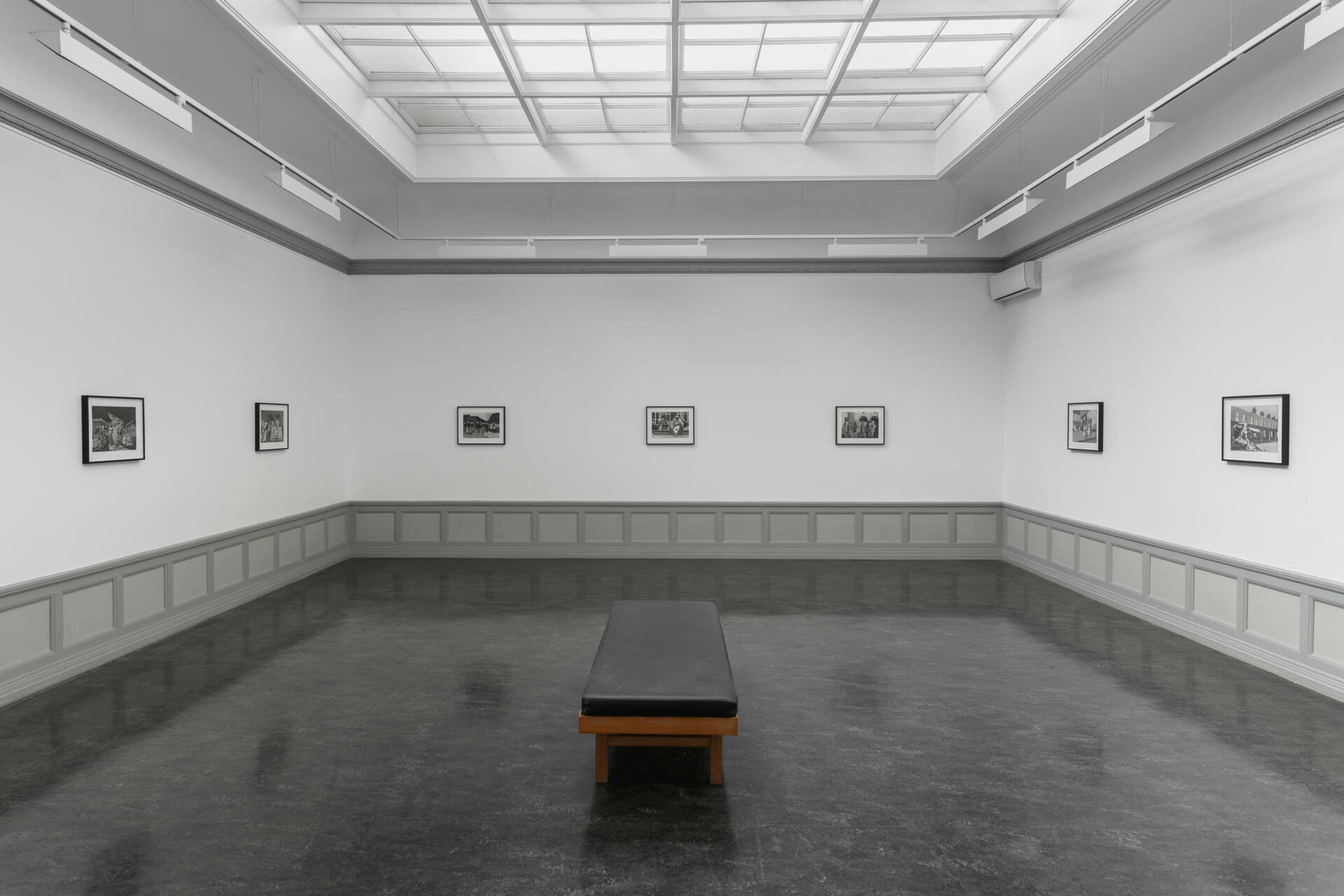
Amelia Groom: With these twelve episodes of disgraceful feminism lined up, Disgrace invites us to reckon with a long continuum, so it becomes impossible to treat these historical chapters in isolation and say, you know, the violence of contemporary transphobic feminism is an aberration and “not real feminism.” You’re really asking viewers to look at these episodes in relation to one another, as part of a lineage that runs right through the history of conservative white feminism in the UK. Why is it important to look at this as a continuum spanning many years?
Quinlan & Hastings: In the initial research stages of Disgrace, we were primarily concerned with the rise of Trans Exclusionary Radical Feminism in the UK, not just as an ugly fringe movement that could be disregarded as fanatical and conspiratorial but as a movement sweeping through every facet of public life, particularly in the government and British press. Worryingly, transphobia had become an issue that bridged political parties and ideologies; you were as likely to hear transphobic slurs and fearmongering from the far-right who perceived it as an unnatural, contaminating abomination, as from the left who presented their transphobia as a feminist issue. We wanted to understand how the relationship between feminism and the political right created the conditions for Trans Exclusionary Radical Feminism to thrive. In order to do this, we had to look back and examine key historical moments. It was painful to construct a timeline that excluded the many wonderful examples of radical feminists who battled for worker’s rights, abolition, and against racism and imperialism amongst other issues, but we felt that this mode of conservative feminism had been buried from dominant feminist narratives. We were motivated to construct a timeline that, as Adrienne Rich put it in her 1983 lecture Resisting Amnesia, “charges us, as women committed to the liberation of women, to know the past in order to consider what we want to conserve and what we want not to repeat or continue.”
It was also important for us to bring other voices and perspectives to this project, so the etchings are accompanied by a publication with essays by Akanksha Mehta, Lola Olufemi and Juliet Jacques. These writers interweave histories of “bad feminisms” with their own personal feminisms and bring us back to our starting point of contemporary TERFery and how we can resist the right-wing urge to build a feminist movement on the backs of those that it excludes.
AG: Why etchings?
Q&H: We have a masochistic tendency to work with complex and technically difficult media as it keeps us on our toes. When you’re making work about such a complicated history, it’s important to be kept on your toes. We rendered this series in hard ground etchings with aquatint. Conceptually, we were interested in how this medium was used in the first wave of feminism to spread political ideologies and news in cheaply reproduced and widely available pamphlets. Materially, we were drawn to the medium because of the resonance with historical works that we admire, such as Francisco Goya’s Disasters of War series, which was a key reference for us in this body of work. As with Goya’s etchings, we intended the Disgrace series to function both as an artwork and an educational resource.
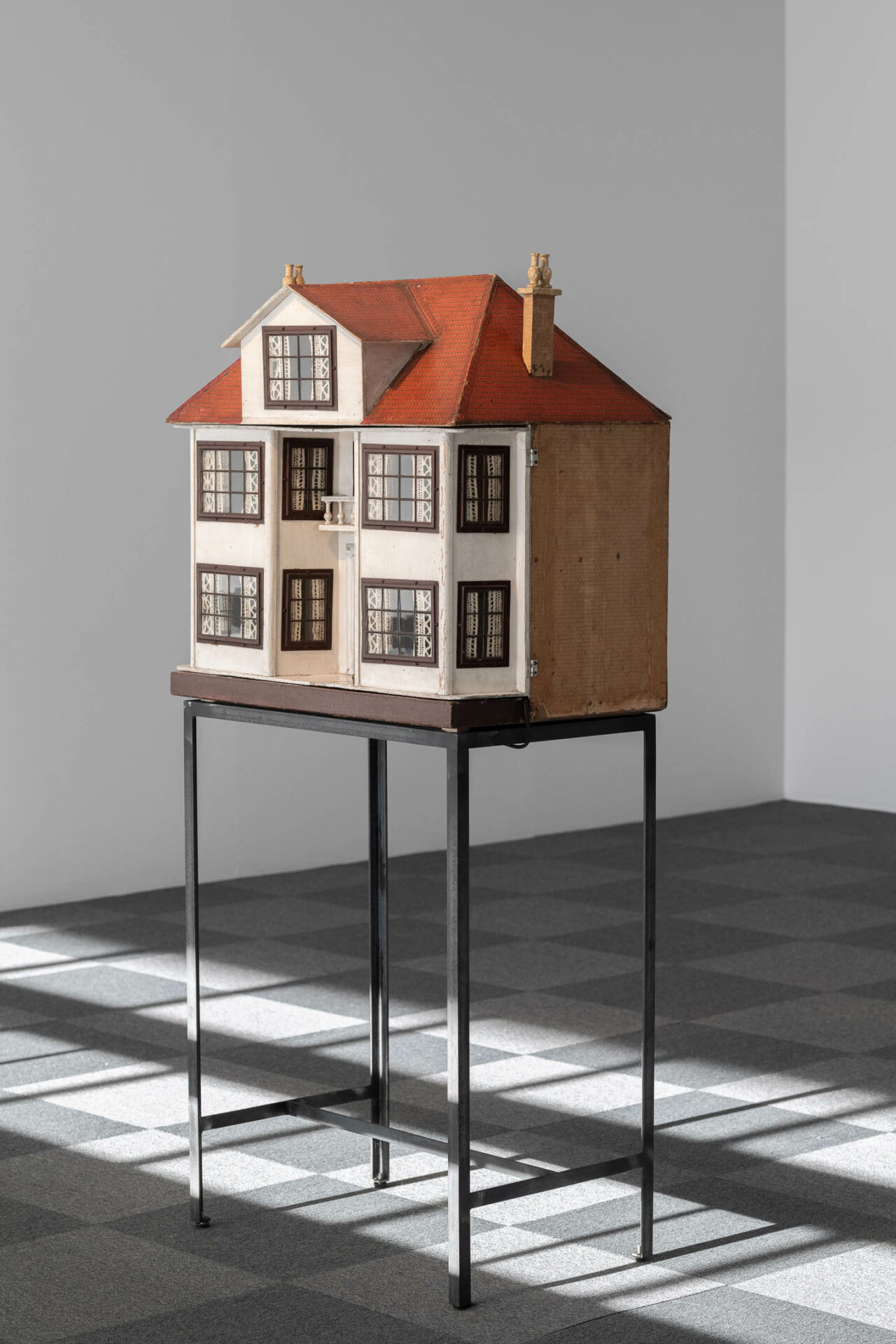
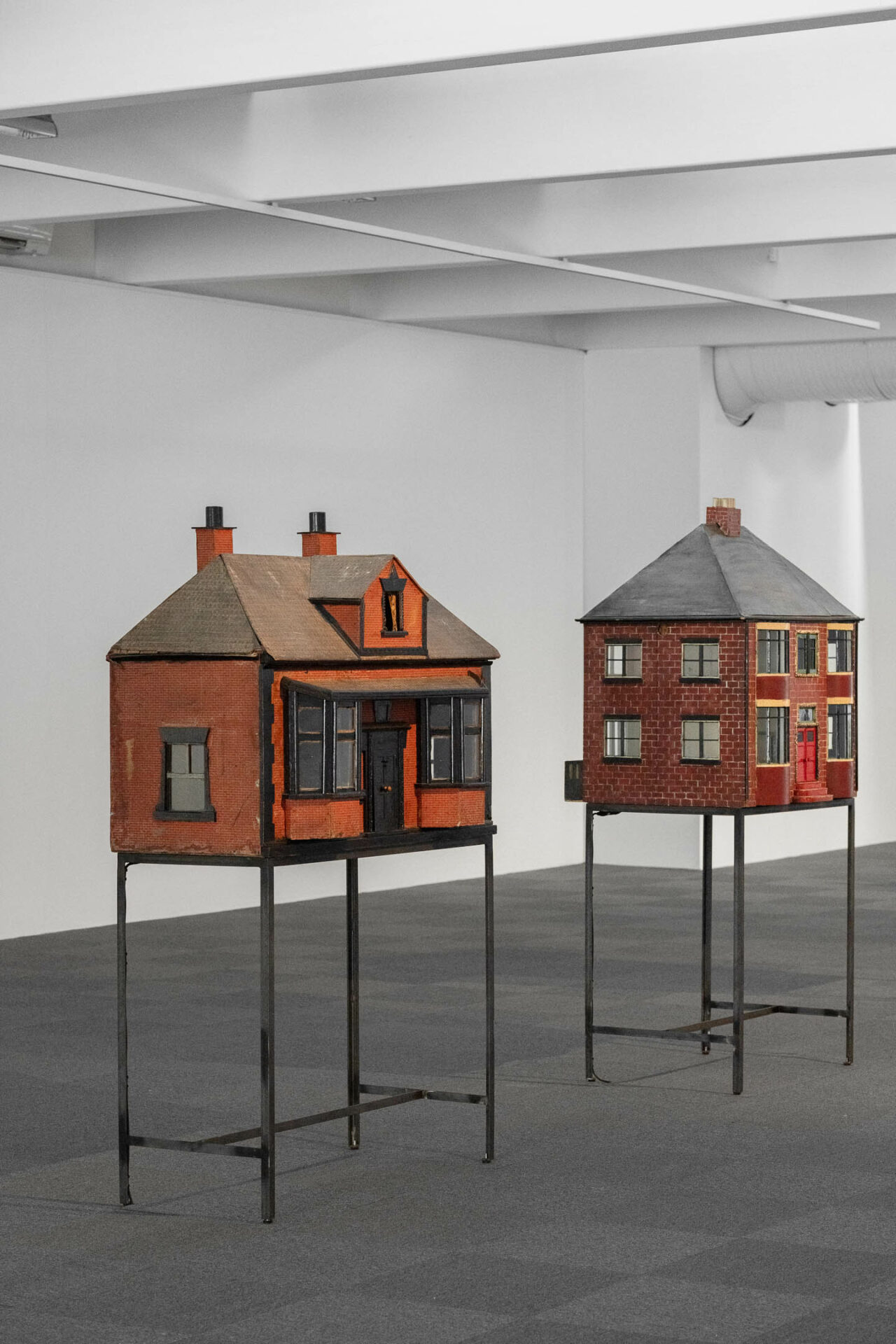
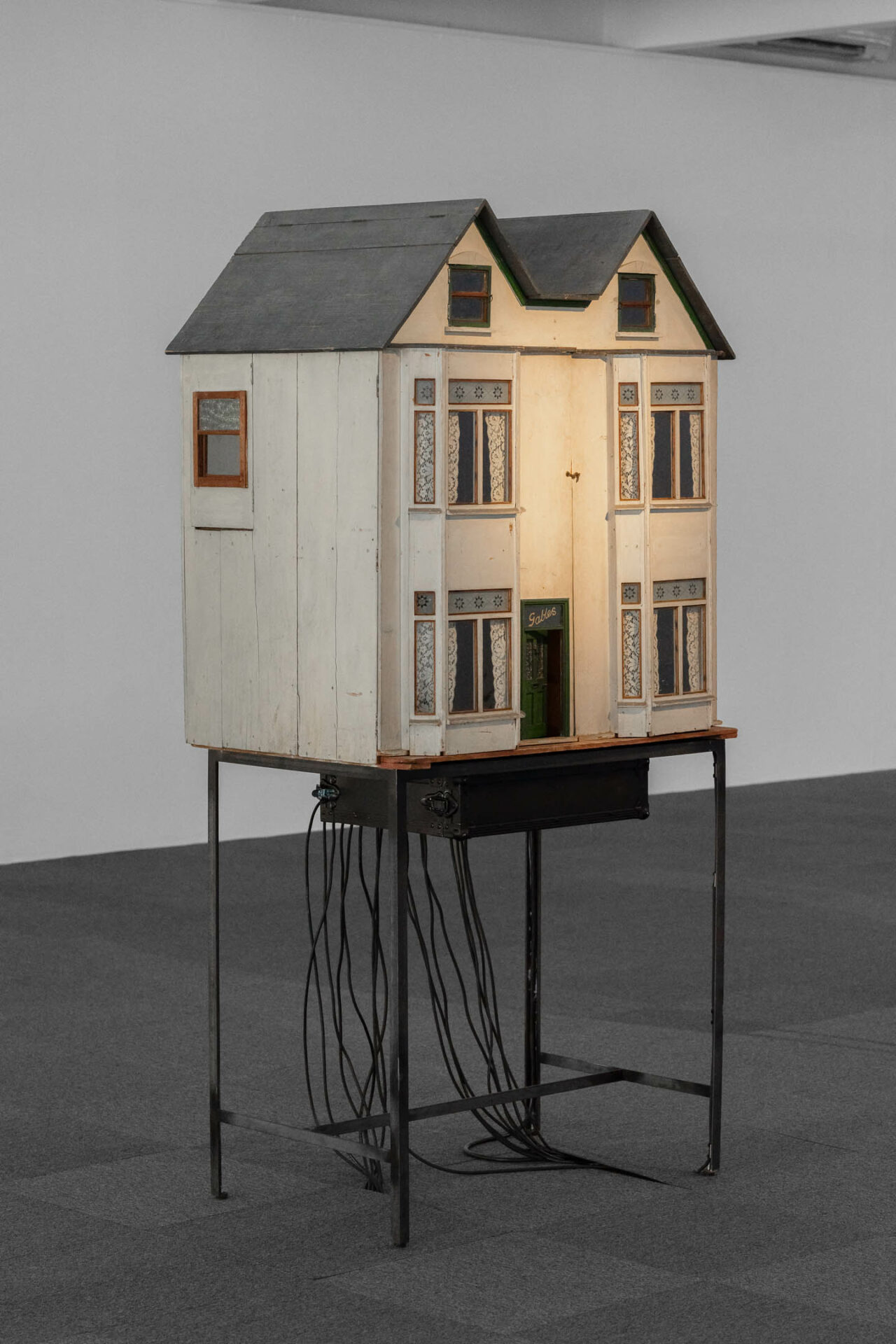
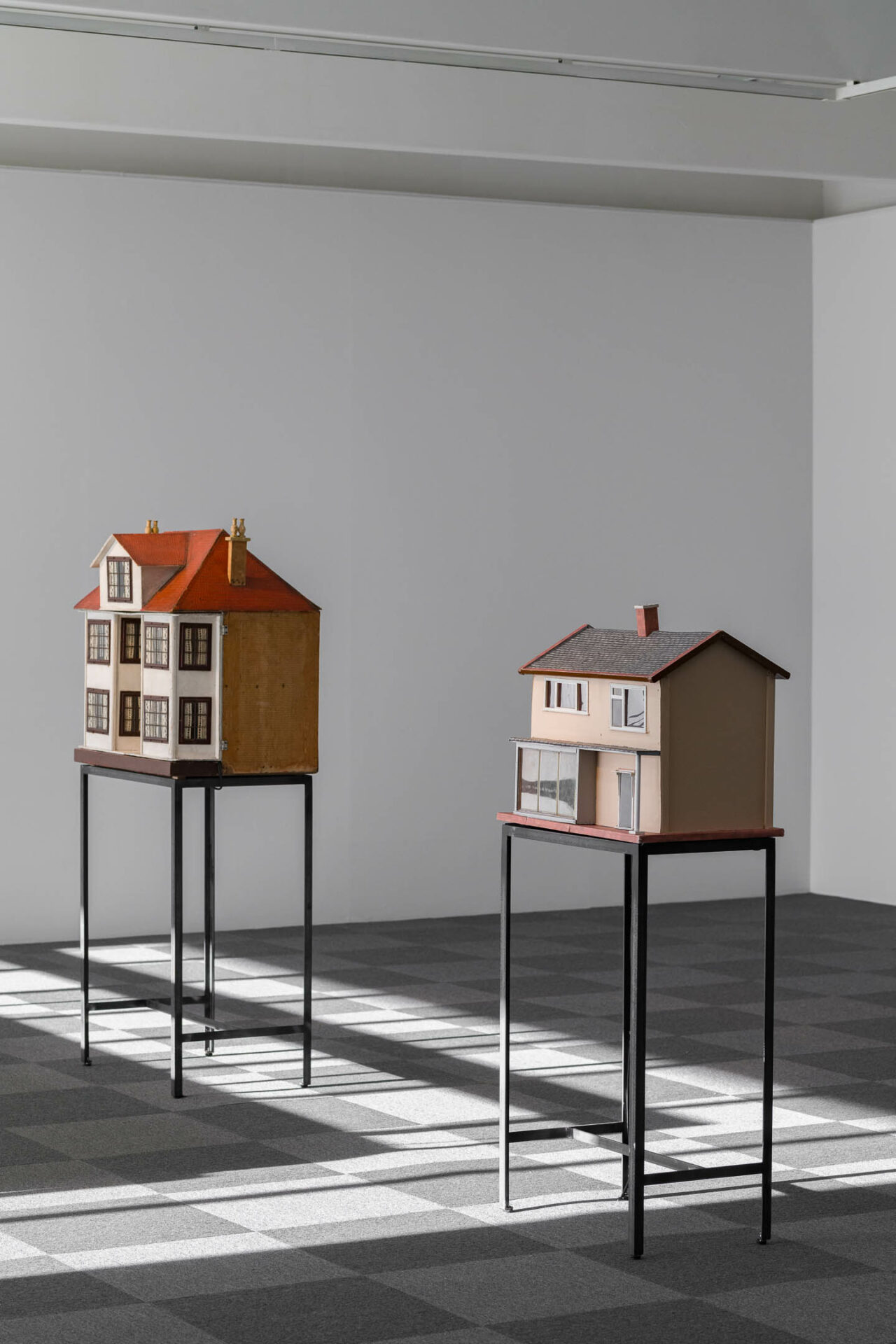
AG: Tell me about Inside, the dollhouse and multi-channel sound installation in the exhibition. You’ve previously worked with the politics of public (and semi-public) space, including histories of gay bars in the UK – what precipitated this shift towards domestic interiors?
Q&H: Initially, this project began as an extension of the Disgrace series. We were interested in the fact that feminist discourse has situated the home as a site of women’s oppression; a place where they are expected to perform domestic, emotional, reproductive and sexual labour for free, subordinate to their fathers or husbands. The home is a space where gender and gendered roles are both invented and reproduced. On the other hand, for early feminists and the women who were first to be enfranchised with the vote of the propertied class, the home was a signifier of wealth, power and mobility that allowed these women to exercise soft political power through social gatherings.
Dollhouses were originally intended for display and were often replicas of the owner’s home. In play, they trained young women about the upkeep of a house. The dollhouses also represent microcosms of British class. Class is made visible through the arrangement of rooms; kitchens, sculleries and laundries in the basement, decadent living rooms in the floors above, and rudimentary staff bedrooms in the eaves. We started collecting dollhouses that corresponded with the time periods displayed in the Disgrace etchings; a house from almost every decade starting in the 1890’s to the present day, representing the changes in domestic architectural styles throughout these periods.
When we began working with Owen Pratt on the sound piece, the work really opened up for us. We began to consider how domestic spaces are designed to engineer familiar gender roles, but in reality, they become containers of a varied multiplicity of identities, many of which resist the burden of the domestic. Often, people have an emotional response to this work; the sound evokes a lot of feelings and people are sometimes reminded of the home they grew up in. We were interested in the fact that for some, the home is a site of love and safety, whilst for others, it is a site of danger and violence. We wanted to make a work that could contain all these emotional realities whilst also providing space for optimism and dreams.
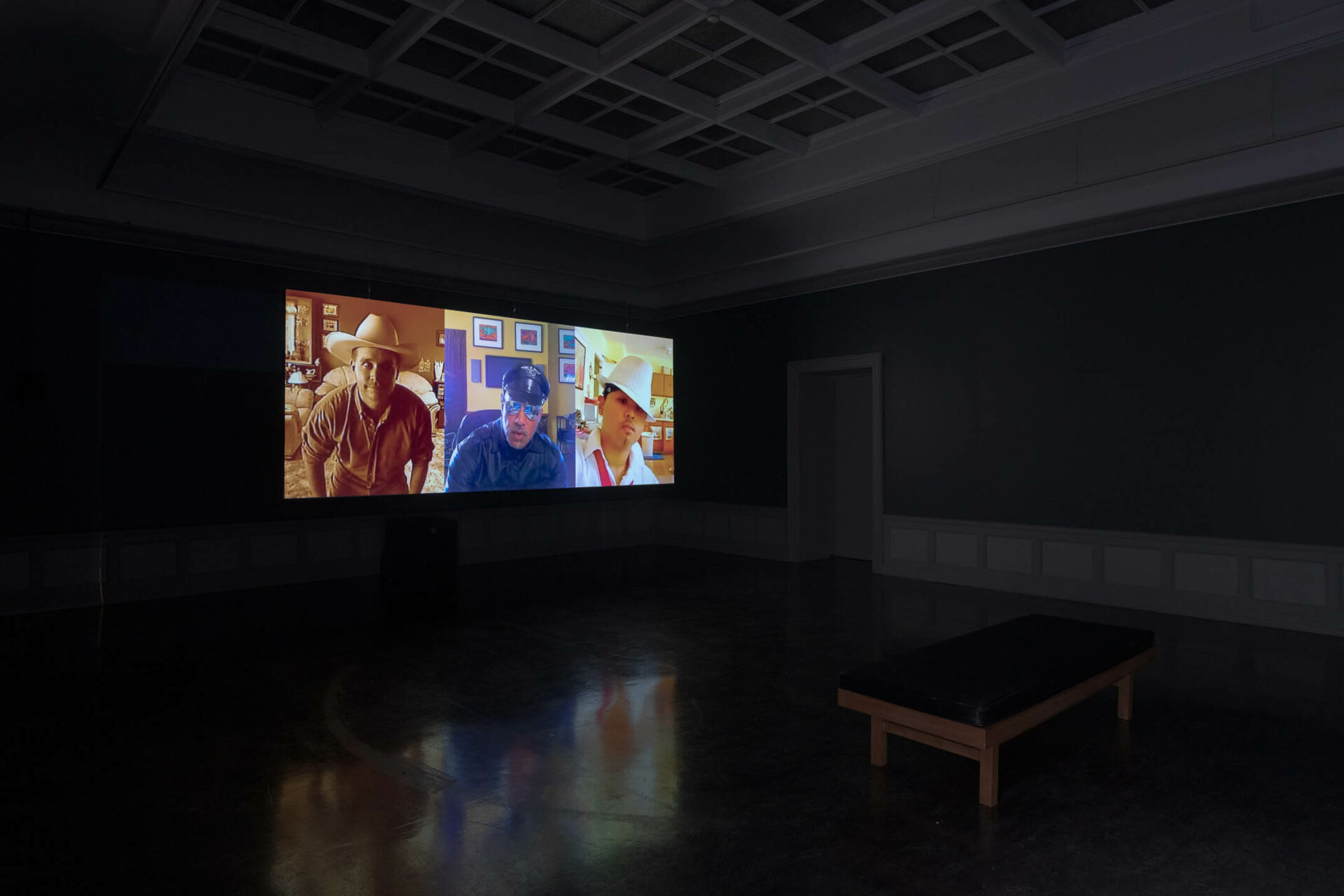
AG: There’s also a video work in the exhibition, Everything Is Folly In This World That Does Not Give Us Pleasure (2021), which is comprised of found amateur footage of queers dancing, often in domestic settings, with an impromptu and defiant joyousness that offsets the disciplinary confinement and indoctrination that we sense in the dollhouses. I know you’ve worked with histories of queer nightlife and the role of somatic, non-verbal communication in public sex cultures, and I wanted to end by asking about your thoughts on the importance of dance in queer histories…
Q&H: We made this work during a Covid lockdown. It was commissioned by CIRCA to be displayed on the Piccadilly Lights in London in 2021. It focuses on creating an offering of joy, pleasure and resilience during a time of mourning, isolation and sickness. We were specifically examining the impact of the pandemic on queer identity. We think of the dance floor in a gay bar as a space of world-making and community formation; a vital space where deviant gender forms are realised and are given space to flourish. The dance floor can also be a complicated space with its own hierarchies of power. Problems from the world outside like racism, transphobia, misogyny and sexual aggression are carried by dancers onto the dance floor and manifest into the multiplicity of queer dance cultures.
Since the pandemic, a lot of queer infrastructure, including gay bars and dance floors, have been shut down. The consequence of this shutdown is a loss of identity and community. This video focuses on vernacular queer dance as a space of freedom, resistance and creativity. It explores the practice of dancing in an emergency as something that forms a bridge between the alienated individual confined to a domestic world (with its inherent ideological burden of heterosexuality, property relations and traditional gender roles) and the broader LGBTQ+ culture/community. The hedonistic joy of dancing is reflected in the text from Giuseppe Verdi’s opera La Traviata, which is also the title of the work:
Everything is folly in this world
That does not give us Pleasure.
Amelia Groom is a writer and researcher who was a Resident in Art Writing at Contemporary Art Stavanger in September 2023. Her book Beverly Buchanan: Marsh Ruins was published in 2021 by Afterall.
Hannah Quinlan and Rosie Hastings (b. 1991, Newcastle and London) are a London-based artist duo whose work encompasses painting, drawing, video, performance, publishing and installation. They had a solo exhibition at Tate Britain in 2022-23, and received The Jarman Award for Emerging Film Artists in 2020. They have exhibited internationally at Kunsthalle Osnabrück (2022) and Isabella Bortolozzi (2020) in Germany, Whitechapel Gallery (2020) and Arcadia Missa (2021) in London, MOSTYN (2020) in Llandudno, Wales and Pinchuk Art Center (2021) in Kyiv, Ukraine, among others.


